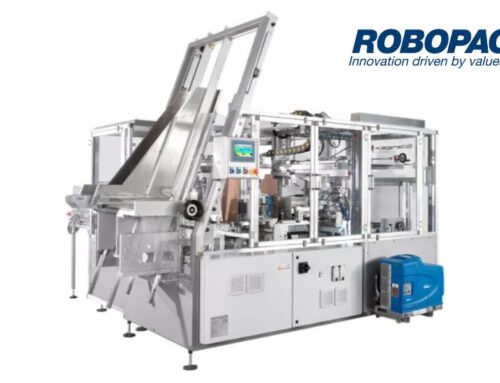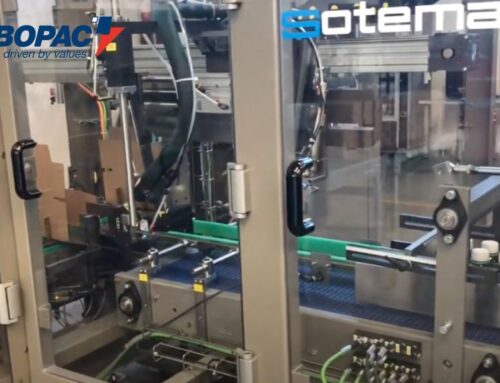A packaging line audit is an evaluation of each step in the packaging process, and it is used to identify inefficiencies and areas for improvement. It involves analyzing equipment performance, workflow, and product handling to ensure the system operates at its best. Optimizing your packaging line can significantly reduce product rejects, improve packaging appearance, and decrease downtime. Review this short guide to learn how to conduct a packaging line audit for maximum efficiency.
Establish Clear Objectives in the Planning Phase
Before starting the evaluation, collaborate with an auditor to define the focus and scope of the packaging line audit. Share your production goals, including short-term targets like defect reduction or long-term strategies like automation implementation. Highlight recurring challenges, such as system downtime or materials that don’t meet specifications, to direct the auditor’s attention. This initial discussion establishes the groundwork for a well-structured and comprehensive audit process.
Choose the Right Sample Size
Selecting an appropriate sample size is critical for generating meaningful insights. Make sure the sample reflects your production’s typical output and performance trends to capture the most common issues. Including a wide enough range of products can help you identify patterns in quality defects or machine inconsistencies. The better your sample matches real-world conditions, the more valuable your audit results will be.
Observe Operations While Running the Line
Next, set the line into motion while the auditor keeps a close eye on every step of the process. They will pay attention to issues like product appearance, packaging defects, or irregularities in machinery performance. During this step of the packaging line audit, the auditor will assess both automated systems and manual procedures to identify opportunities for maximizing efficiency.
Analyze the Data
Next, the auditor will dive into the data and isolate the highest-priority challenges affecting your line’s efficiency. They will group similar issues together to streamline the problem-solving process. For example, consistent underfilling across different machines indicates a broader calibration issue. This detailed analysis allows you to focus your efforts on making impactful improvements.
Implement Adjustments and Evaluate Changes
Begin by making small, quick fixes like calibrating a machine or training employees on packaging standards. Test the production line after your adjustments to assess their effectiveness and identify remaining goals. Address each issue step by step to evaluate the impact of each adjustment and ensure it aligns with your operational benchmarks. After resolving everything within the current framework, consider long-term investments like new equipment or system automation to keep operations running smoothly.
Tips for New Equipment
When buying new equipment, perform a cost-benefit analysis by comparing upfront expenses with potential savings on labor, downtime, and materials. The equipment should align with your production goals and offer scalability to support business growth over time. For example, low-volume and medium-volume packaging lines can benefit from using stretch wrap turntables to automate the wrapping process. Turntable stretch wrappers rotate the load while applying stretch film uniformly. This reduces the need for manual labor, ensures consistent packaging quality, and improves overall efficiency.
A packaging line audit is essential for uncovering inefficiencies and boosting overall performance. By setting clear objectives, selecting appropriate sample sizes, and observing operations closely, you and your auditor can identify key problems and opportunities for improvement. Analyzing the data and implementing changes systematically ensures that the adjustments align with your production goals and benchmarks. Invest in solutions like new equipment to further enhance efficiency, reduce product defects, and support business growth.







